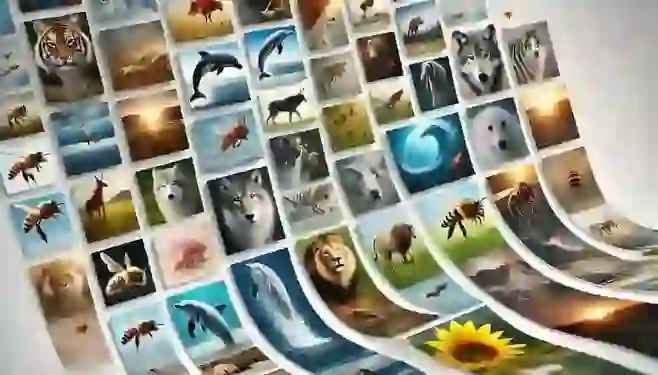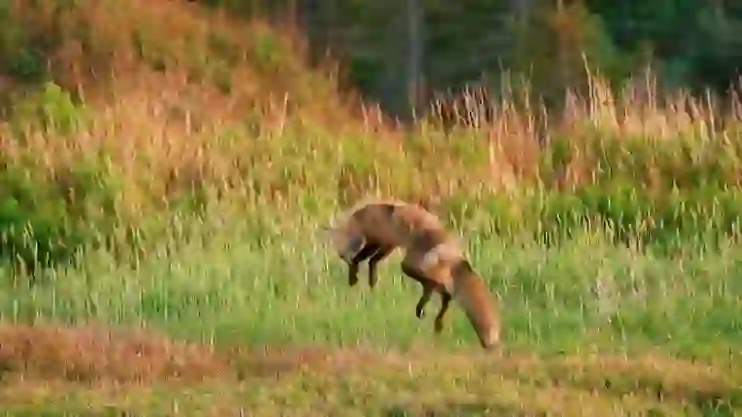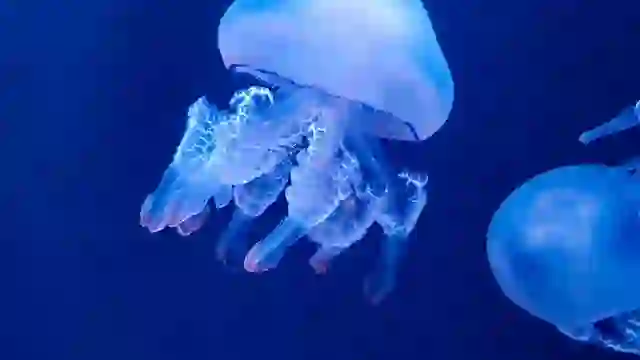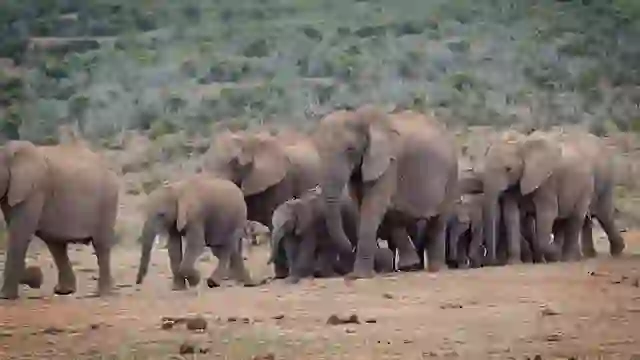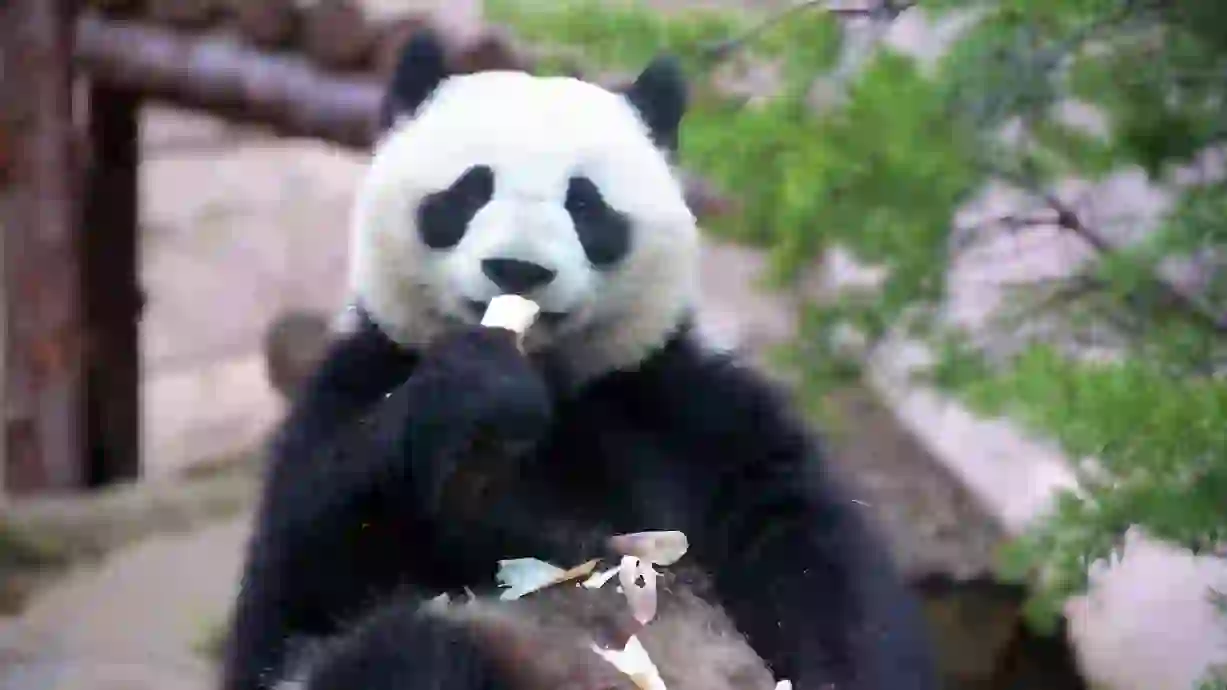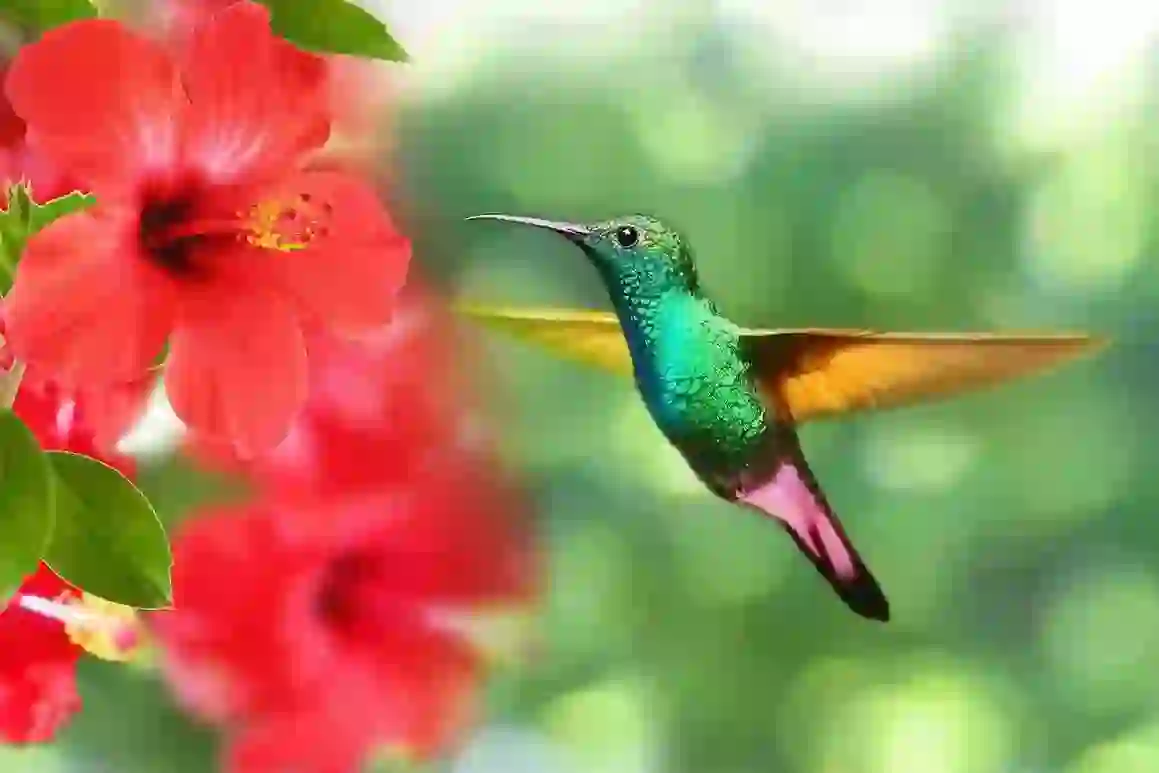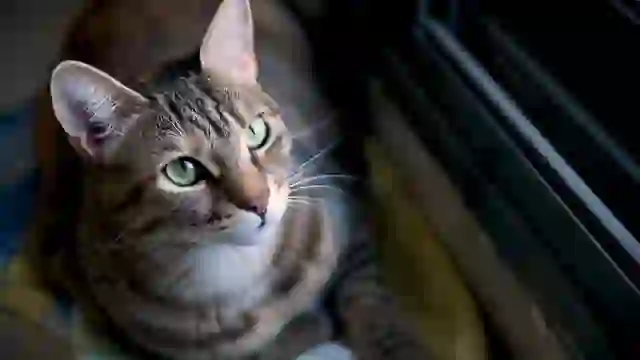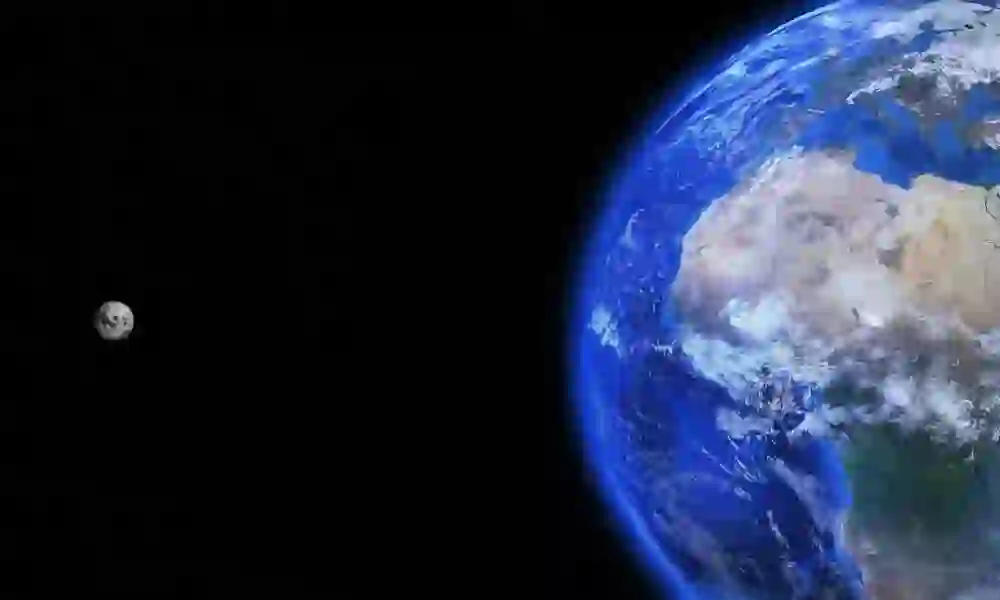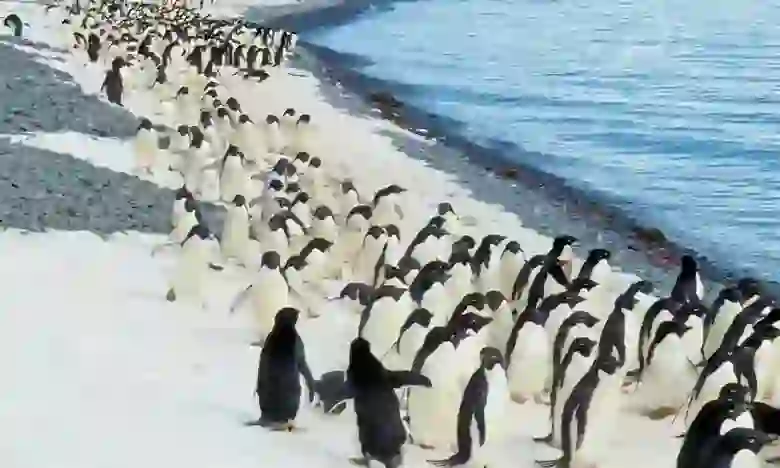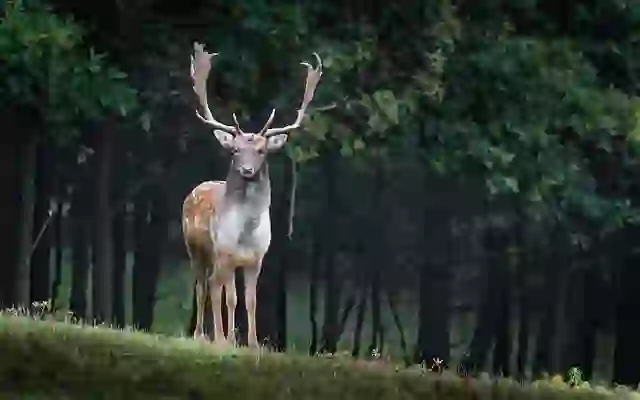
Majorcan Midwife Toad
Majorcan Midwife Toad
Majorcan Midwife Toad
On the Mediterranean paradise of Mallorca, a small frog, the Majorcan midwife toad, lives a secluded life. Once thought to be extinct, they made a miraculous comeback. Let's listen to the turbulent tale of the Majorcan midwife toad.
Majorcan Midwife Toad Basic Infomation
.webp?alt=media)
| Property | Value |
|---|---|
| Scientific Name | Alytes muletensis |
| Taxonomic Status | SPECIES |
| Rank | Species |
| Vernacular Names | ferreret, Majorcan midwife toad |
| Kingdom | Animalia |
| Phylum | Chordata |
| Class | Amphibia |
| Order | Anura |
| Family | Alytidae |
| Genus | Alytes |
.webp?alt=media)
The Majorcan midwife toad ( *Alytes muletensis* ) is a frog species belonging to the genus Alytes in the family Alytidae, found exclusively on the island of Mallorca, Spain.
They are about 3-4 cm long with a gray or brown back and a whitish belly with black spots.
Like other midwife toads, the males exhibit the unique behavior of carrying eggs on their backs for protection.
Majorcan Midwife Toad Q&A
.webp?alt=media)
What kind of frog is the Majorcan midwife toad?
The Majorcan midwife toad is a very rare frog found only on the island of Mallorca in the Mediterranean Sea.
They are nocturnal, spending the day hidden in crevices, caves, or other shelters, and becoming active at night.
Their diet mainly consists of insects, spiders, and earthworms.

Is it true that the Majorcan midwife toad was once extinct?
The Majorcan midwife toad was thought to be extinct in the 1980s due to habitat loss and the introduction of invasive species.
However, in the 1990s, captive-bred individuals were reintroduced into the wild, and their population has been slowly recovering.
This is a remarkable example of a species returning from the brink of extinction, attracting global attention.
.webp?alt=media)
How do Majorcan midwife toads reproduce?
The breeding season for Majorcan midwife toads is from autumn to winter.
Males emit a soft, charming call, "kuk-kuk-kuk," to attract females.
After mating, the female lays her eggs on the male's hind legs.
The male carries the eggs on his back for about a month until they hatch, protecting them from harm.
When the eggs are ready to hatch, the male goes to a water source and releases the eggs into the water.
The tadpoles then live and grow in the water.
.webp?alt=media)
Why is the Majorcan midwife toad endangered?
The Majorcan midwife toad is endangered due to habitat loss, invasive species, and disease.
Their habitat on the island of Mallorca is shrinking as development for tourism continues.
Introduced predators like snakes and rats also pose a significant threat to them.
Furthermore, chytridiomycosis, a disease caused by the chytrid fungus, also endangers their survival.

What is being done to protect the Majorcan midwife toad?
The Spanish government and conservation organizations are making various efforts to protect the Majorcan midwife toad.
These include designating protected areas for their habitat, controlling invasive species, and implementing captive breeding programs.
Thanks to these efforts, the population of the Majorcan midwife toad is gradually recovering, but their future remains uncertain.

Would you like to become a part of the 'Animalbook.jp'?
Turn your knowledge into Q&A and share it with the world. ※Publication will be activated after purchase. Let's share information together!
Majorcan Midwife Toad Type of List
.webp?alt=media)
- Majorcan Midwife Toad
Information
Congratulations! You are the first commenter!

Create Your Favorite List!
Majorcan Midwife Toad
Save the animals you love! Build your own list to quickly revisit your favorites later.

Would you like to leave a comment?
※Please note: This is for the purchase of rights to post comments within the article.
Find Your Favorites!
Our shop offers a unique and attractive selection of goods themed around various animals.
Majorcan Midwife Toad References
Majorcan Midwife Toad Introduction of media used
.webp?alt=media)
Conselleria de Medi Ambient i Mobilitat, Govern des Illes Balears, CC BY-SA 3.0, через Викисклад

tuurio and wallie, CC BY-SA 3.0, via Wikimedia Commons
.webp?alt=media)
Govern des Illes Balears, CC BY-SA 3.0, via Wikimedia Commons

Help Enrich Our Animalbook.jp with Your Media!
We are constantly looking to expand and enrich our Animalbook.jp with amazing photos and videos of animals. If you have any media that you'd like to share, please contribute and help us showcase the beauty and diversity of the animal kingdom. Your submissions will be credited and featured in our encyclopedia, reaching a wide audience of animal lovers.


